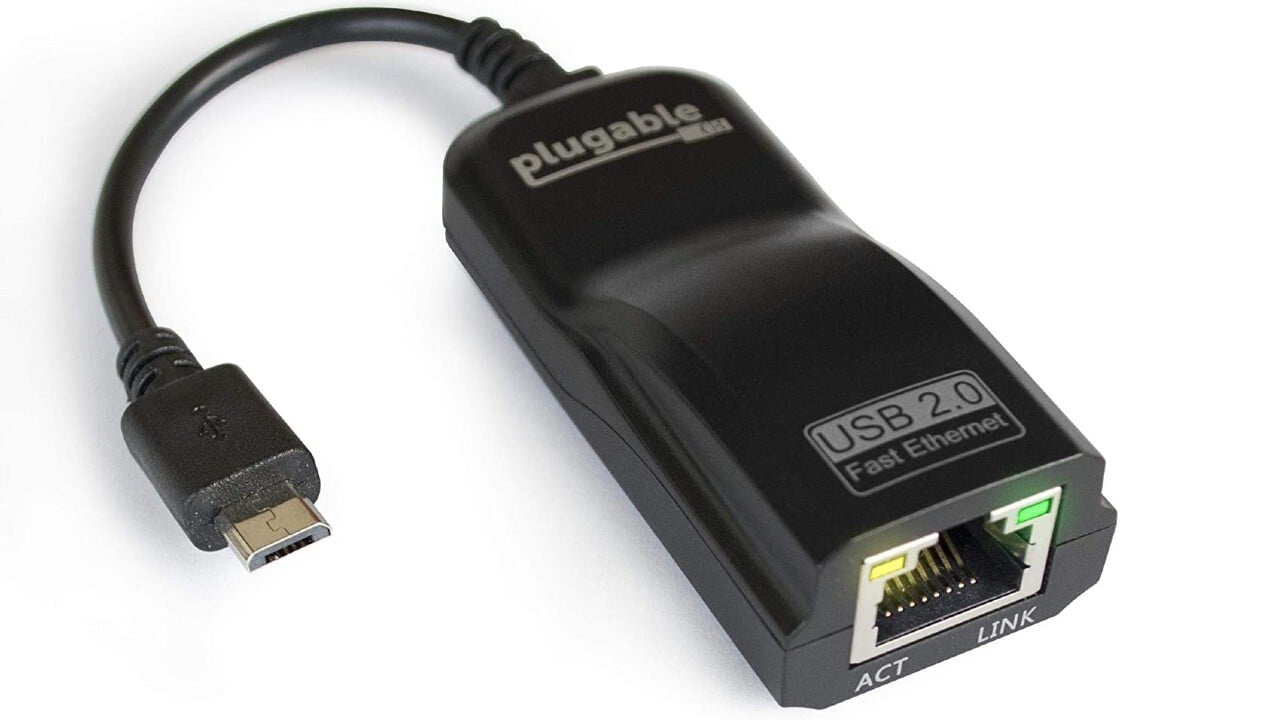
Understanding the Basics
Connecting an Android tablet to Ethernet requires specific hardware and software. Here are the essential components:
- Android Tablet: Ensure compatibility with Ethernet connectivity.
- Ethernet Cable: A standard RJ-45 cable.
- USB Ethernet Adapter: Necessary if the tablet lacks a built-in Ethernet port.
- Power Source: The tablet must be powered on and connected to a power source.
Traditional Ethernet Connection
Step-by-Step Guide
- Identify the Ethernet Port: Locate the port on your tablet. It may be a micro-USB port requiring an adapter or a dedicated Ethernet port.
- Connect the Ethernet Cable:
- Insert one end into the tablet's Ethernet port.
- Connect the other end to a router or modem.
- Configure Your Tablet:
- The tablet should detect the connection and prompt configuration.
- Navigate to "Connections" or "Network & Internet" in settings.
- Select "Ethernet" or "Ethernet Settings."
- Enter network settings if prompted, though most devices auto-configure.
- Verify Connection:
- Open a web browser to check for online content.
Troubleshooting Traditional Ethernet Connection
- No Internet Access: Ensure the Ethernet cable is securely connected.
- Incorrect Configuration: Verify network settings in "Ethernet Settings."
- Hardware Issues: Try a different Ethernet cable or router/modem port.
Using a USB Ethernet Adapter
Step-by-Step Guide
- Purchase a USB Ethernet Adapter: Choose one that fits your tablet's USB ports.
- Connect the USB Ethernet Adapter:
- Insert the adapter into a USB port on the tablet.
- Connect an Ethernet cable to the adapter.
- Plug the other end of the cable into a router or modem.
- Configure Your Tablet:
- Navigate to "Connections" or "Network & Internet" in settings.
- Select "USB Ethernet" or "USB Ethernet Settings."
- Enter network settings if prompted, though most devices auto-configure.
- Verify Connection:
- Open a web browser to check for online content.
Troubleshooting USB Ethernet Adapter
- No Internet Access: Ensure all cables are securely connected.
- Incorrect Configuration: Verify network settings in "USB Ethernet Settings."
- Hardware Issues: Try a different USB Ethernet adapter or router/modem port.
Additional Tips
Power Management
When using a USB Ethernet adapter, manage power consumption effectively:
- Use a Powered USB Hub: Prevent the adapter from drawing power from the tablet.
- Check Power Settings: Adjust USB power consumption settings in "Battery" or "Power Management."
Security Considerations
Ensure security when connecting your tablet to Ethernet:
- Use a Secure Network: Avoid public or unsecured networks.
- Enable Firewall: Protect against unauthorized access.
- Use VPN: Add security when accessing sensitive information online.
Connecting an Android tablet to Ethernet can provide faster and more stable internet connectivity. Whether using a traditional Ethernet port or a USB Ethernet adapter, following these steps ensures seamless online activities without worrying about dropped connections or slow speeds. Understanding the basics, troubleshooting common issues, and managing power consumption effectively maximizes the benefits of Ethernet connectivity on your Android tablet.
